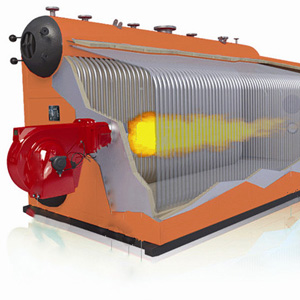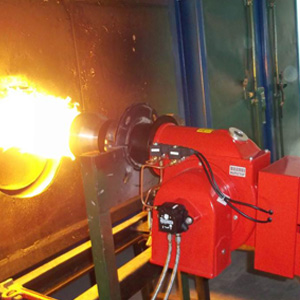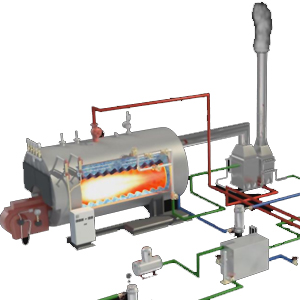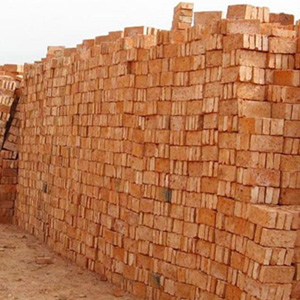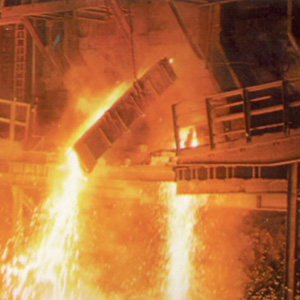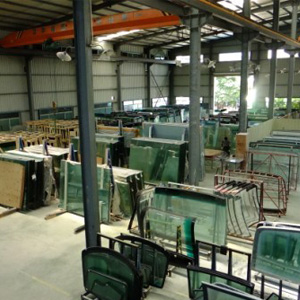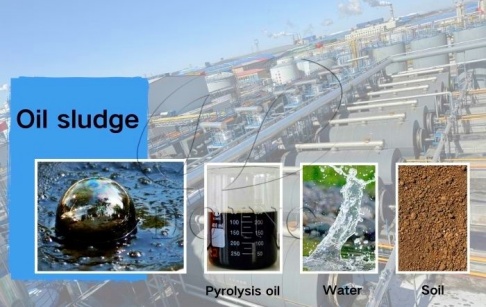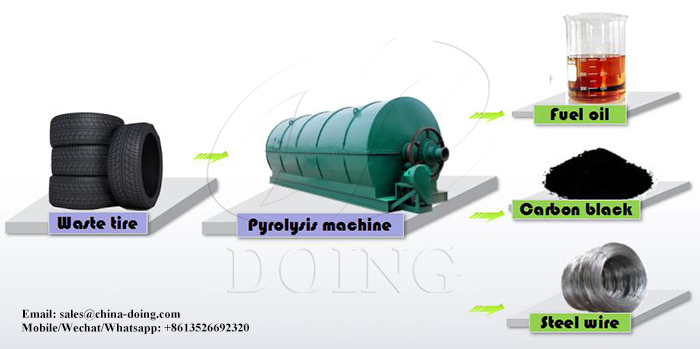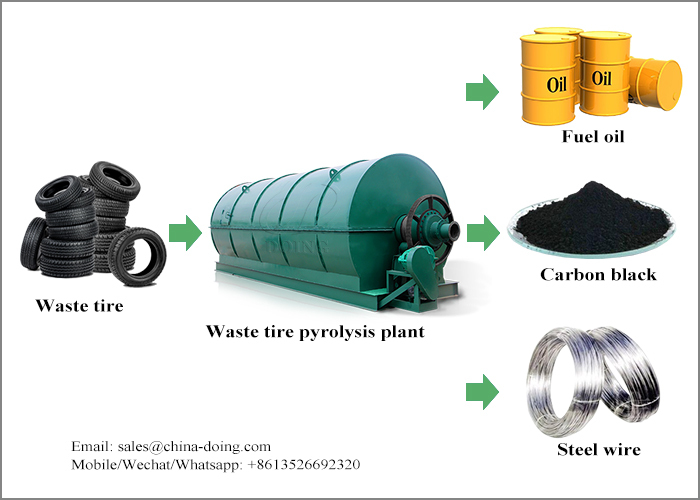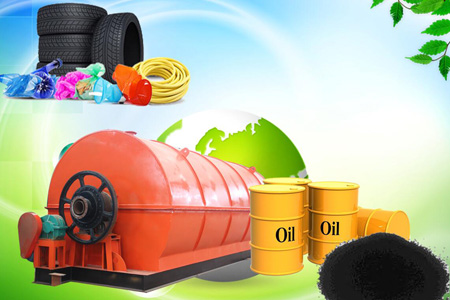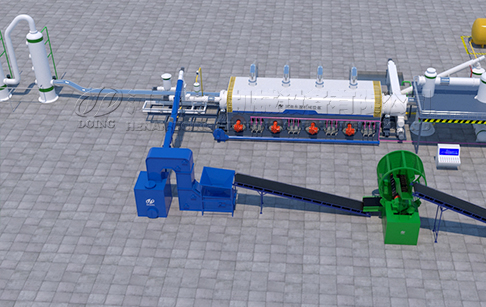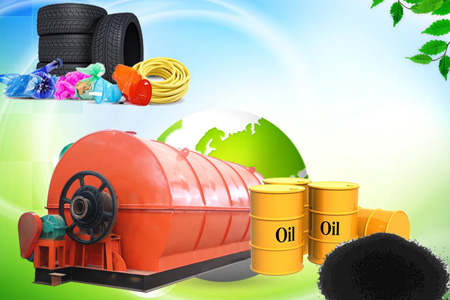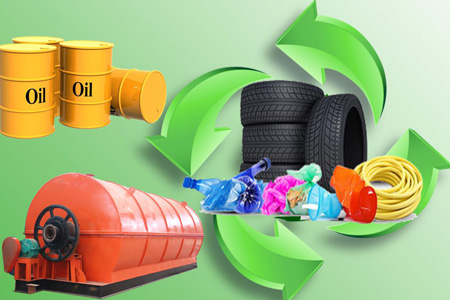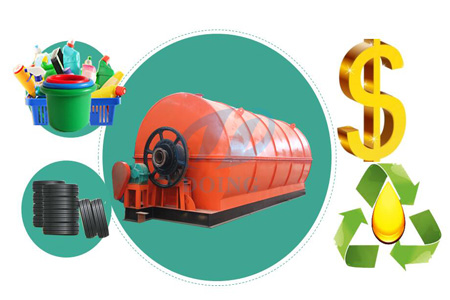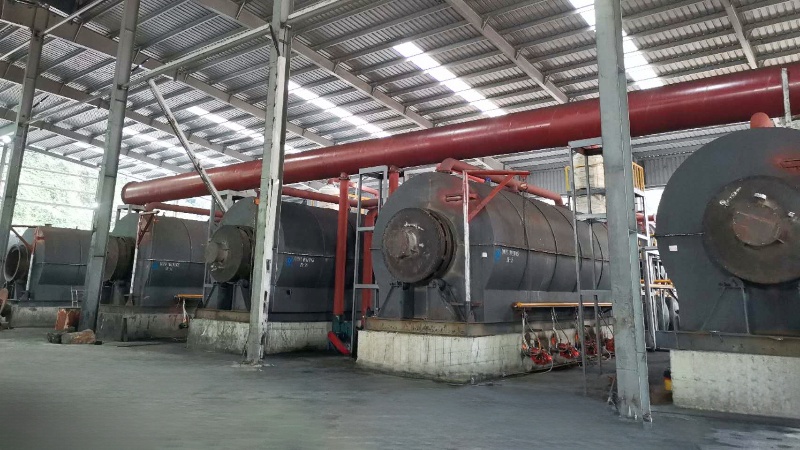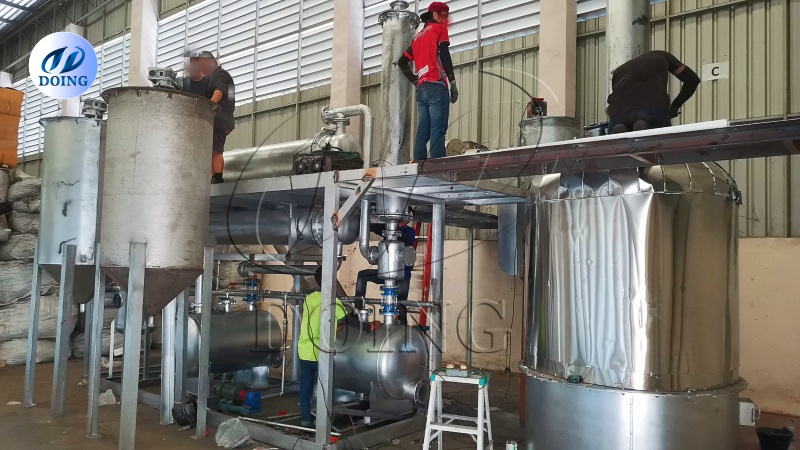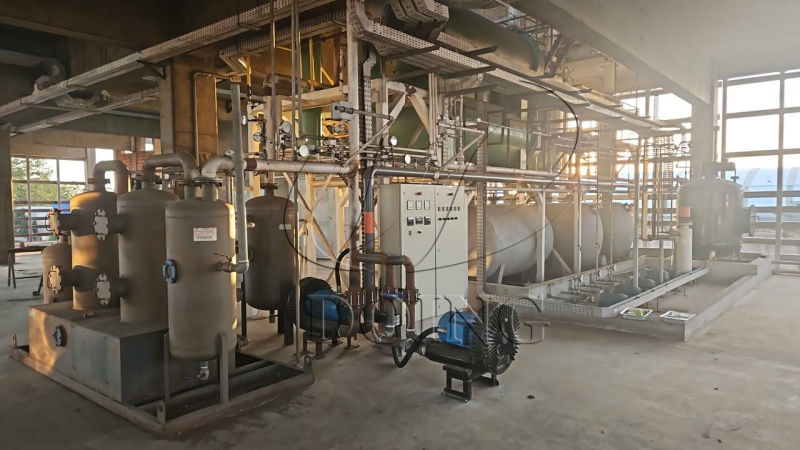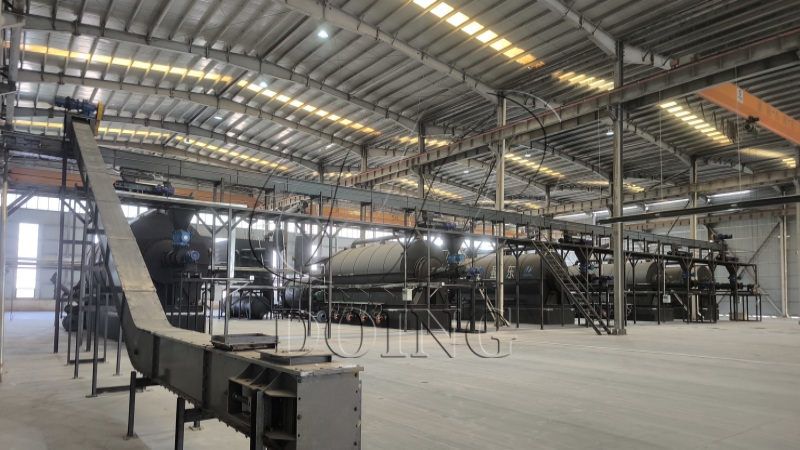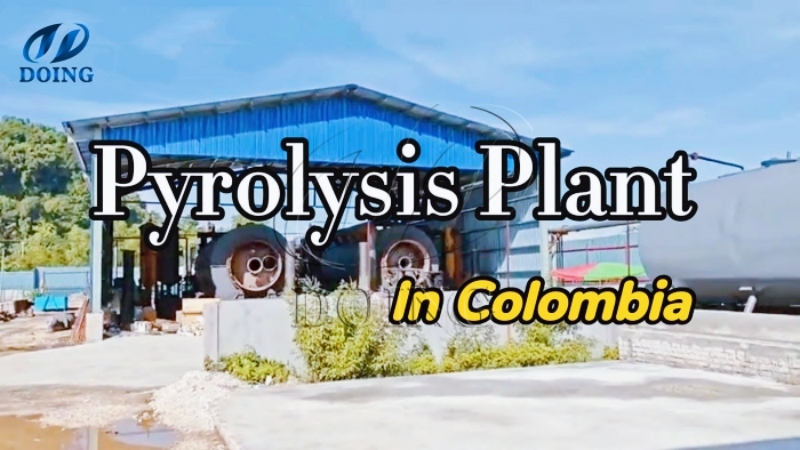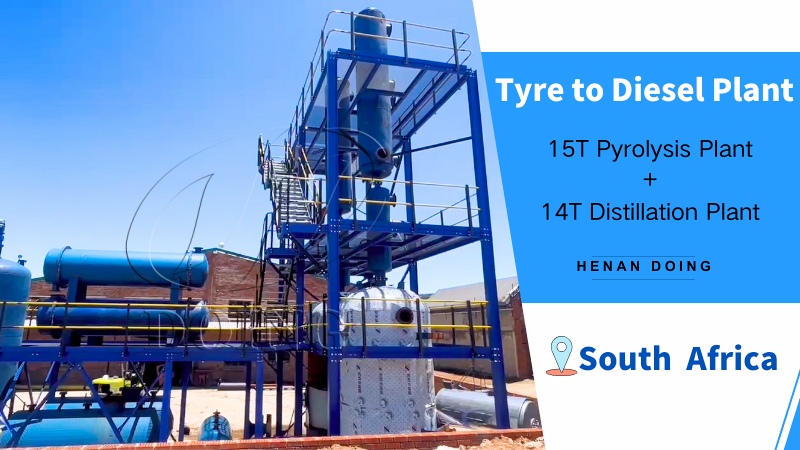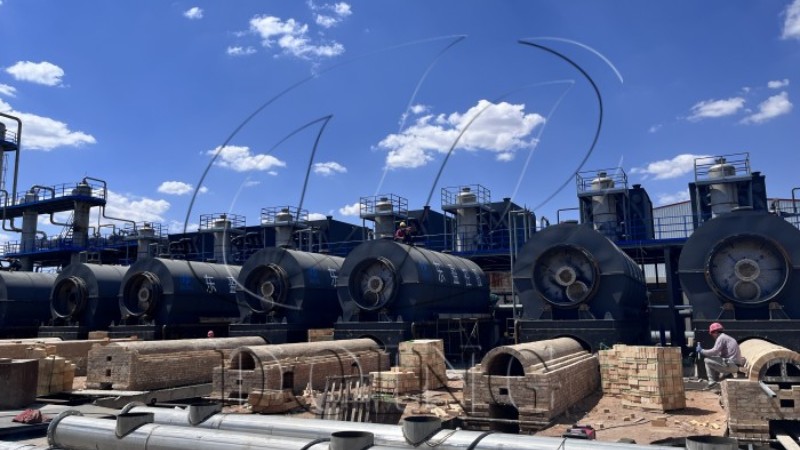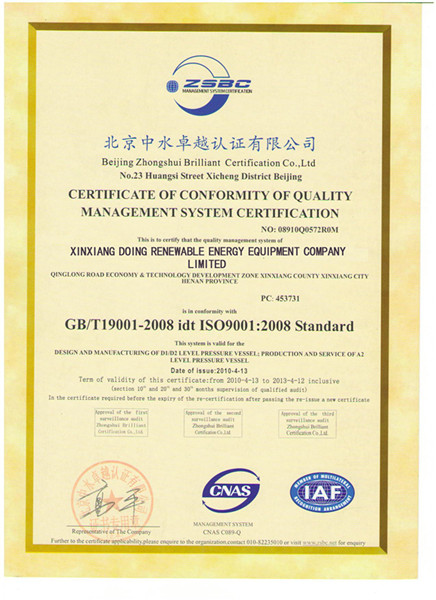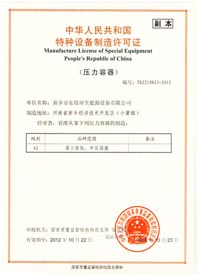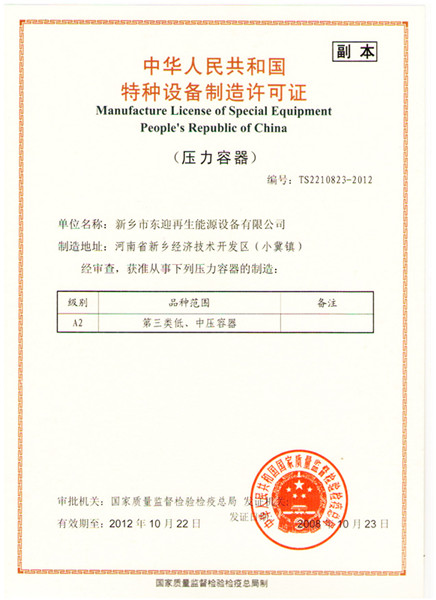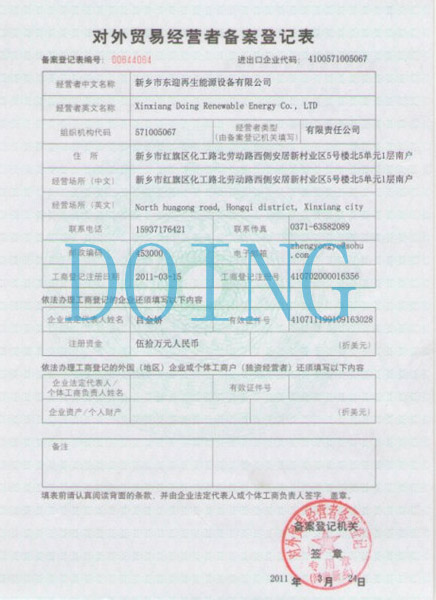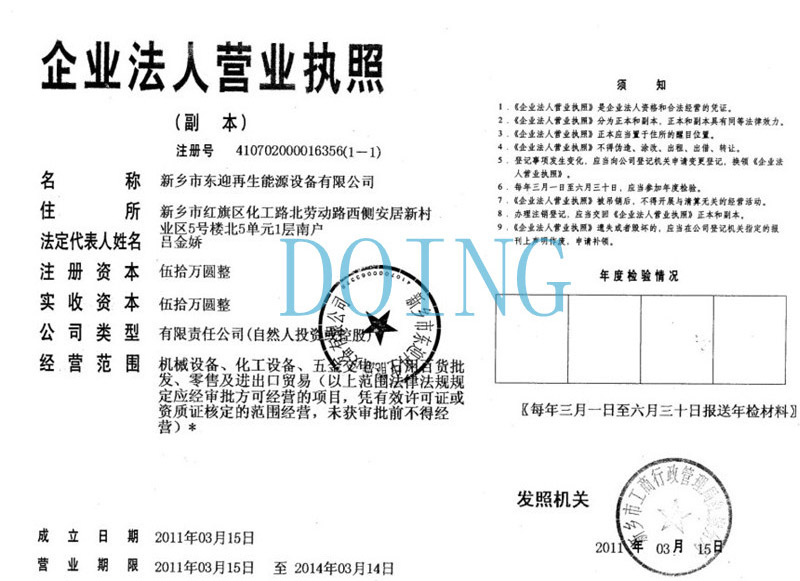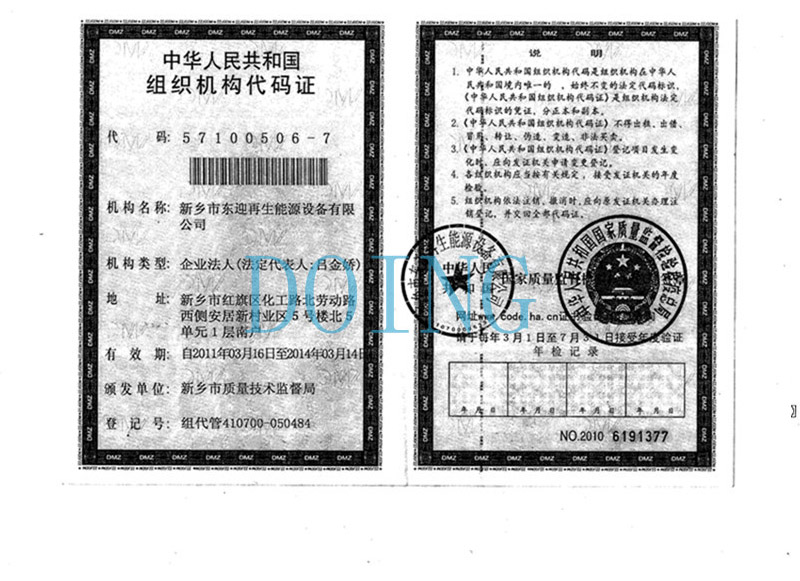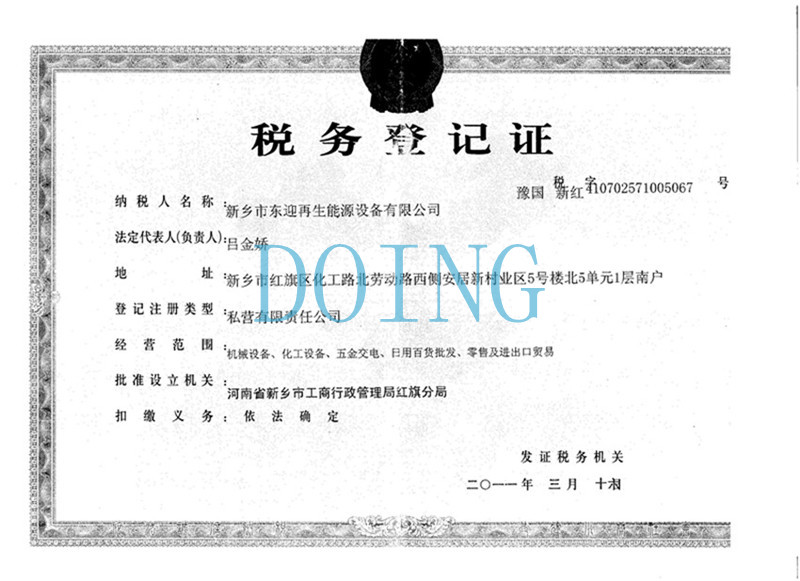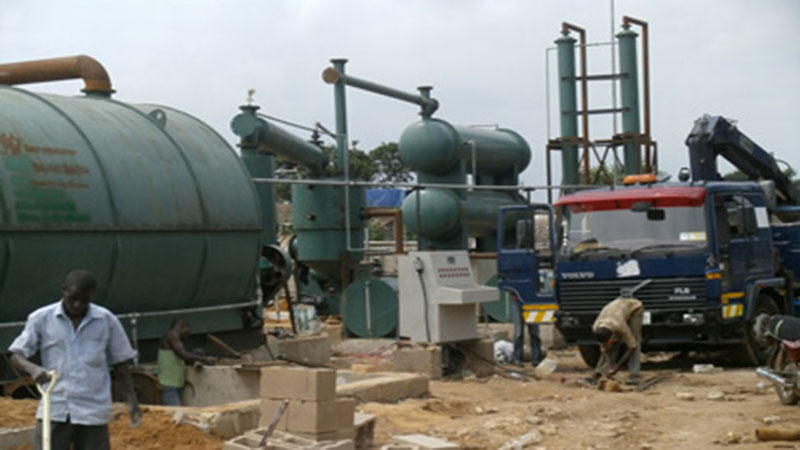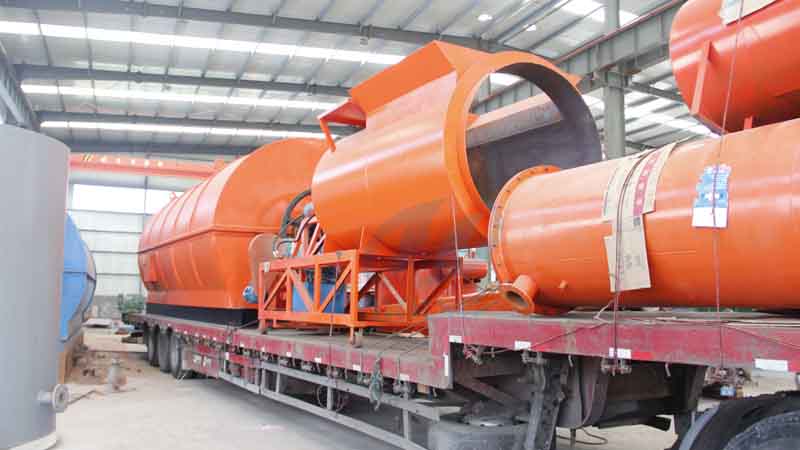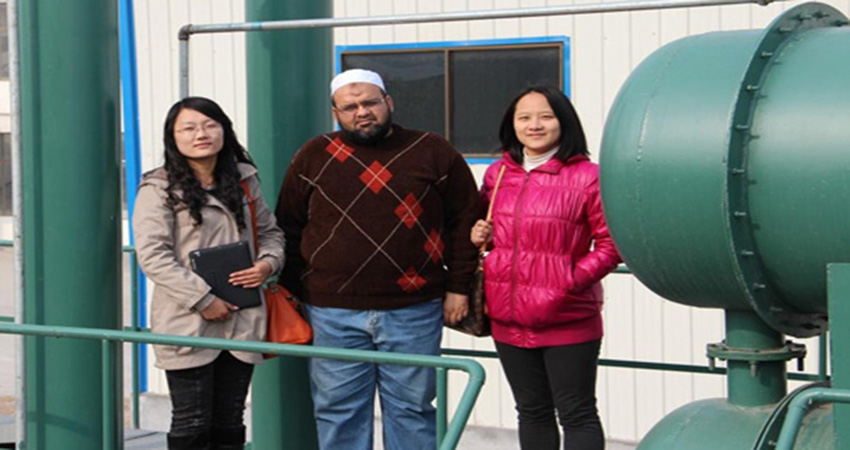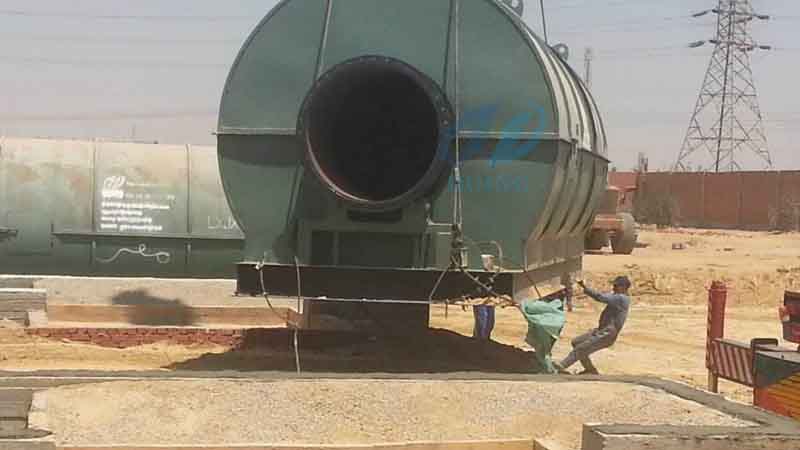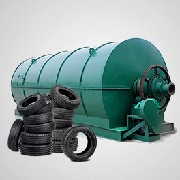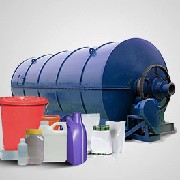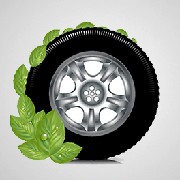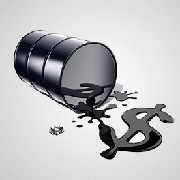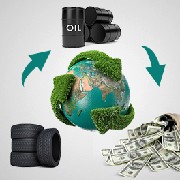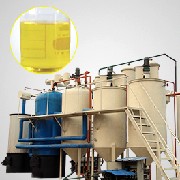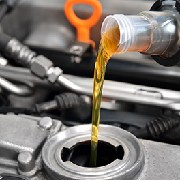Scrap tire derived fuel pyrolysis plant product introduction
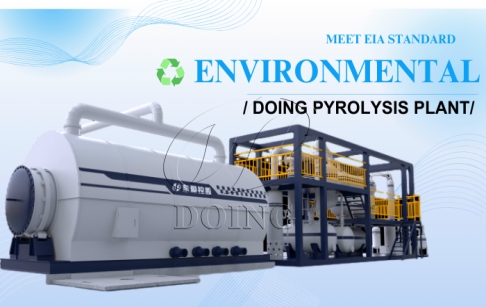
A scrap tire-derived fuel pyrolysis plant processes used tires to produce various valuable products through thermal decomposition in an oxygen-free environment. It employs advanced technology to decompose tires under controlled conditions, without combustion, yielding energy source and other byproducts, tire derived fuel(TDF/tpo-tire pyrolysis oil), carbon black, steel wire, syn-gas.
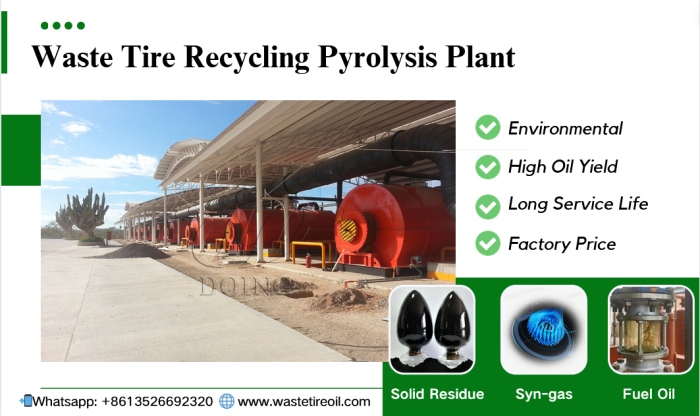
Scrap tire derived fuel pyrolysis plant
Scrap tire derived fuel pyrolysis plant development potential
Scrap Tires are an ubiquitous by-product of contemporary social and economic society. Our personal mobility is almost entirely dependent on the pneumatic tire, whether in automobiles, buses or even airplanes. The transport and delivery of most goods is also dependent on the pneumatic tire. Globally, an estimated one billion ELTs-end life tires are discarded yearly. This offers rich cheap waste tires for recycling. Let's take the USA as an example to give an introduction about the development potential of setting up scrap tire derived fuel pyrolysis plant.
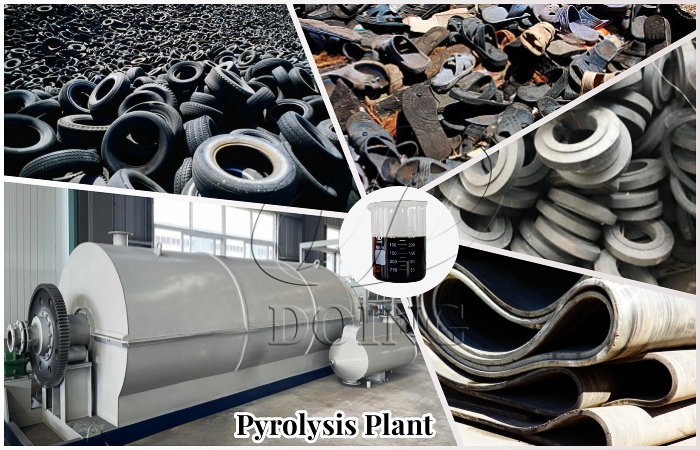
Scrap tires for recycling and pyrolysis
More than 250 million scrap tires are generated annually in the United States and their proper management continues to be a solid waste management concern. Sound markets for scrap tires are growing and are taking an increasing percentage of annual generation. Of the three major markets - fuel, civil engineering applications, and ground rubber markets - the use of tires as a fuel is by far the largest market. The major fuel users include steel/brick/china/glass factories, cement kilns, pulp and paper mills, electrical generation facilities/heavy oil power plants, and some industrial facilities.
The Scrap tire derived fuel pyrolysis plant can effectively convert waste tires into fuels, like Oil, Carbon Black, and Hydrocarbon Gas etc. Here, all the final products extracted from waste tire pyrolysis process have wide applications and good sale markets. There are great economic and environmental benefits.
Scrap tire derived fuel pyrolysis plant advantage
1. Using Scrap tire derived fuel pyrolysis plant available for sale, stick to experience an excellent, eco-friendly & cost-effective solution for tyre recycling.
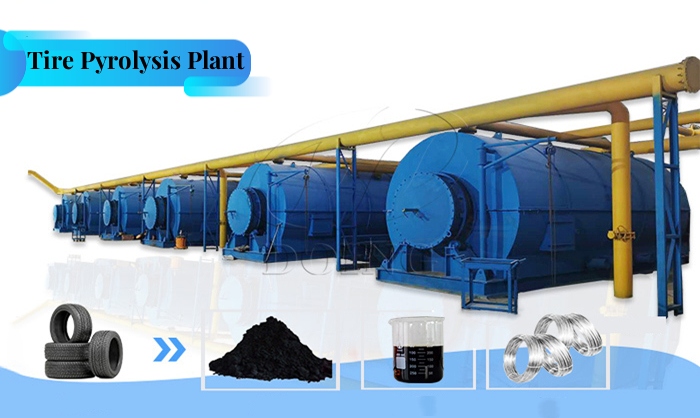
Scrap tire derived fuel pyrolysis plant
2. On an average, the entire pyrolysis process may lead to a yield of around 45-52% oil, 30-35% carbon black, and 15% syn-gas. The oil produced is mainly made up of high calorific value fuel oil & heavy fuel oil. Hence, the produced tire derived fuel oil is widely used as heating fuel for boilers or furnaces.
3. The planet pollution has truly become the biggest problem nowadays. Obviously, Scrap tire derived fuel pyrolysis plant gives you a meaningful strategy to it while promoting an eco-friendly solution by reduction of the hazards of land pollution due to the waste tire.
4. By converting the waste into energy, Scrap tire derived fuel pyrolysis plant offers an alternative energy source too.
Scrap tire derived fuel pyrolysis plant falls beneath the following kinds of industrial projects:
1. Waste to energy project
2. Renewable energy project
3. Waste tires and plastic pollution control equipment and recycling machine
4. Petrochemical
5. A sustainable pollution control equipment
Scrap tire derived fuel pyrolysis plant final product application
Fuel Oil
The fuel oil is between 45 and 52 percent. This fuel oil does apply in power plant factory, ceramic factory, aluminum factory, glass factory, painting factory, boiler system factory and boiler factory. With further refining by waste oil distillation plant, it may also serve as an alternative fuel of diesel.
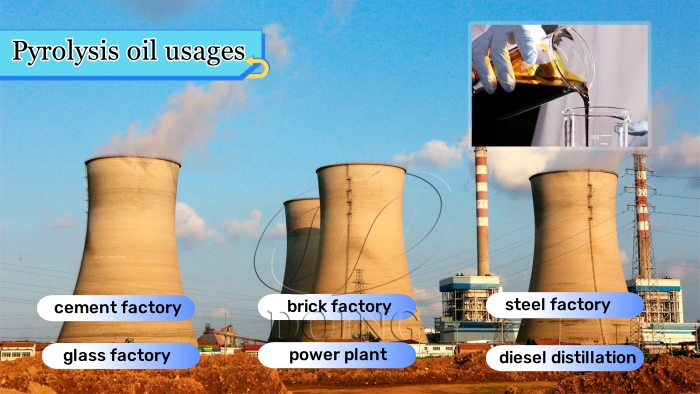
Pyrolysis plant tire derived fuel applications
Carbon Black
The proportion found as soon as the recycling is 30 to 35 percent of carbon black. This device works extremely well within the electric cable jacketing, doormat and hose mat, conveyor ban, rubber addictive, automatic spare parts, heat isolation plus more.
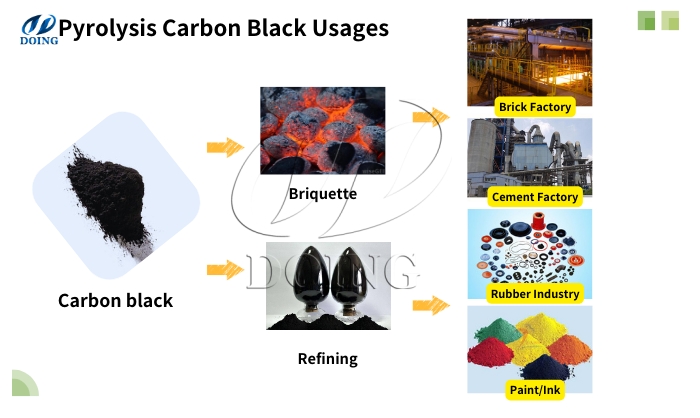
Scrap tire pyrolysis carbon black applications
Steel Wire
The steel wire can be recycled for various steel products, reducing the need for virgin steel.
Syngas
It will be used to heat the pyrolysis plant reactor to reduce the operation cost.
The implementation of a scrap tire derived fuel pyrolysis plant not only addresses the environmental issue of tire waste disposal but also contributes to the circular economy by converting waste into resources. DOING advanced pyrolysis plants prioritize safety measures, emissions control, and energy efficiency to ensure environmentally sustainable operations. And we have different capacities batch/semi-continuous/fully continuous scrap tire derived fuel pyrolysis plants for sale to meet different customers' requirements.
| Technical parameter of scrap tire derived fuel pyrolysis plant | ||||
|---|---|---|---|---|
| Items | Contents | |||
| 1 | Equipment type | DY-1-6 | DY-1-8 | DY-1-10 |
| 2 | Raw material | waste tire, | ||
| 3 | Structural form | Horizontal rotation | Horizontal rotation | Horizontal rotation |
| 4 | 24-hour Capacity | 6 ton | 8 ton | 10 ton |
| 5 | Oil yield | 2.7-3.3ton | 3.6 -4.4ton | 4.5 -5.5ton |
| 6 | Operating pressure | Normal | Normal | Normal |
| 7 | Material of pyrolysis Reactor | Q245R | Q245R | Q245R |
| 8 | Thickness of pyrolysis Reactor | 16mm | 16mm | 16mm |
| 9 | Rotate speed of pyrolysis Reactor | 0.4turn/minute | 0.4turn/minute | 0.4turn/minute |
| 10 | Total power | 19KW | 19KW | 19KW |
| 11 | Mode of cooling | Water cooling | Water cooling | Water cooling |
| 12 | Cooling area of condenser | 100sqm | 100sqm | 100sqm |
| 13 | Kind of transmission | Internal gear drive | Internal gear drive | Internal gear drive |
| 14 | Noise dB(A) | ≤85 | ≤85 | ≤85 |
| 15 | Size of Reactor(D×L) | 2200×6000 | 2200×6600 | 2600×6600 |
| 16 | Working form | Intermittent operation | Intermittent operation | Intermittent operation |
| 17 | Delivery time | 20days | 20days | 20days |
| 18 | Weight | 27T | 30T | 35T |
 Xinxiang Doing Renewable Energy Equipment Co., Ltd
Xinxiang Doing Renewable Energy Equipment Co., Ltd